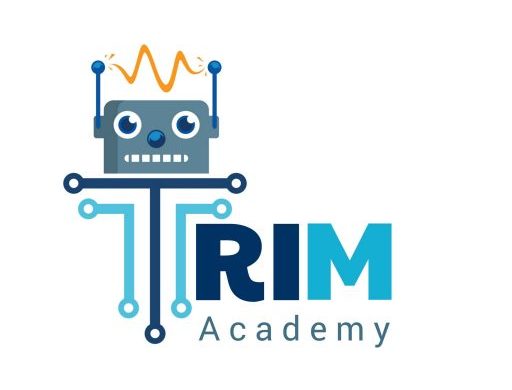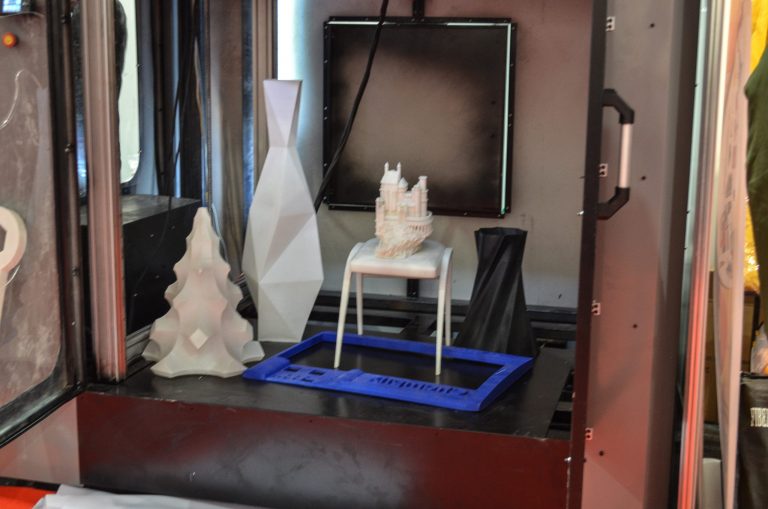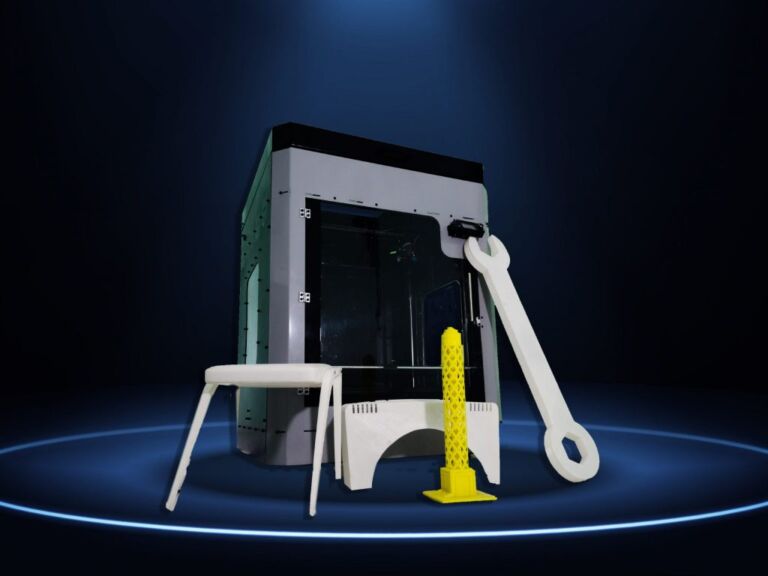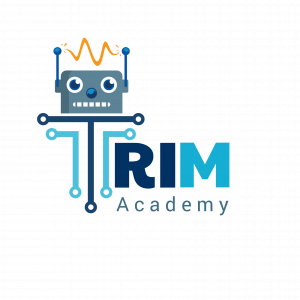Guide to Choosing an Industrial 3D Printer
Currently, Industrial 3D printer technology may be used to create bones, organs, mechanical components for cars, and aircraft parts. Not to mention the fact that a house can now be printed in 3D. This industrial revolution has wide-ranging effects. The greatest industrial 3D printers, however, were essential to this industrial revolution.
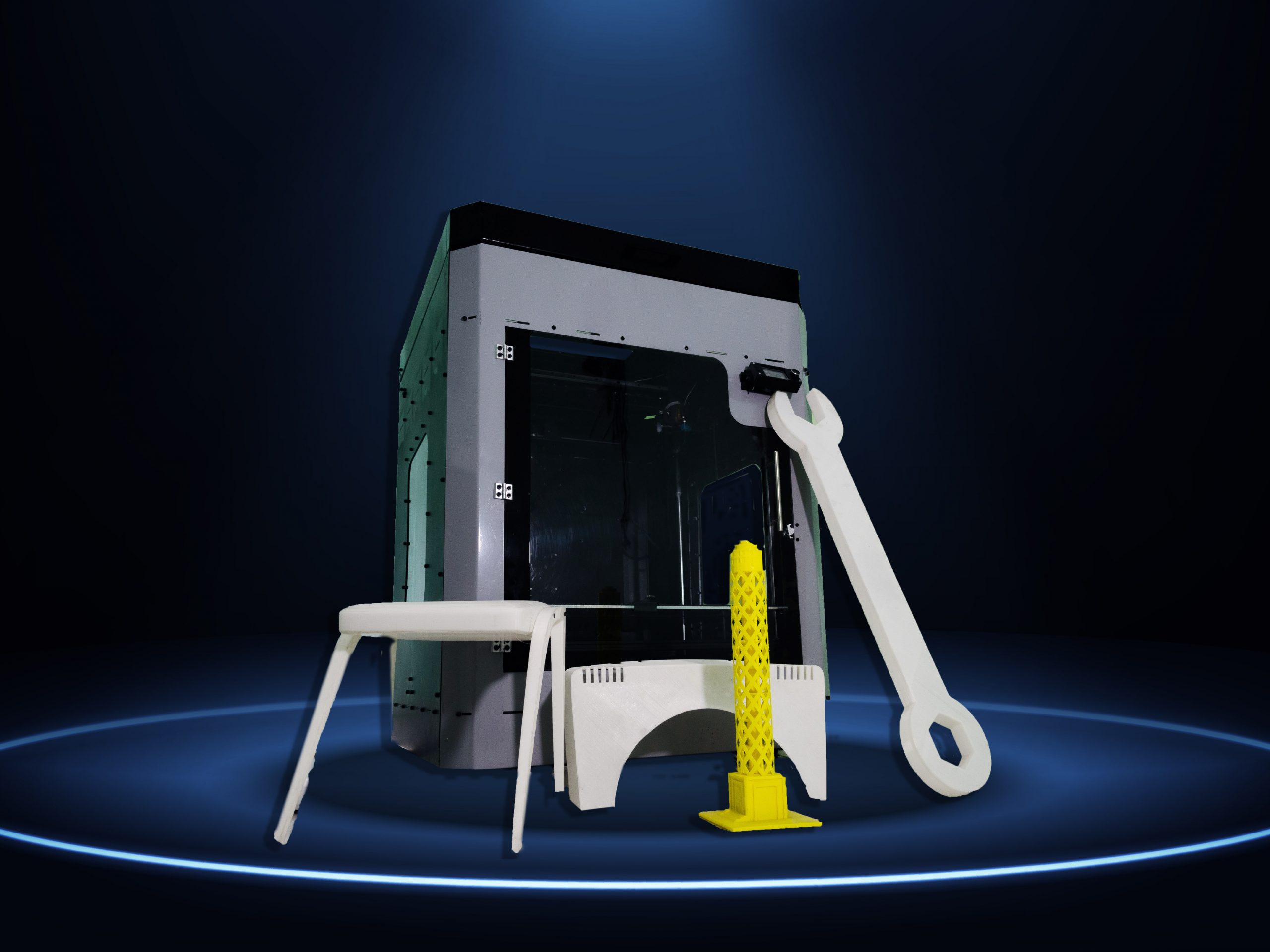
What benefits does a 3D printer of industrial grade offer then? How do you pick the best 3d printer in egypt for the industry? What are your alternatives if you don’t want to buy a commercial 3D printer? Let this article provide you with a thorough response.
What’s the benefit of an industrial 3D printer?
First off, 3D printers made for industrial use are highly potent in many respects. They can manufacture incredibly precise pieces.
High-complexity items may also be produced using industrial 3D printers. You may attain a completely new degree of design flexibility with additive manufacturing. Parts may be highly customized using 3D printing, which is not achievable with traditional conversion techniques.
Because they enable the creation of small quantities, commercial 3D printers are also more affordable. They may be configured to produce complete batches with little material waste.
Additionally, 3D-printed goods typically arrive from the industrial 3D printer already assembled and ready for use. Reduced production costs result from these variables.

A quicker production process results from switching to industrial 3D printers from traditional manufacturing techniques. The production process can occasionally be shortened by 3D printers from weeks to just a few days. They do not require moldings or casting, which cuts out a lot of labor-intensive steps. Once the 3D printing process is finished, the parts are frequently fully functional and prepared for use. This negates the need for time-consuming part assembly.
Factors need to be considered before you purchase an industrial 3D printer.
Evaluate why you need a printer before deciding which one to purchase. Which commercial needs can industrial-grade 3D printing meet? What strategic objectives may it assist your business in achieving? What fresh possibilities may a 3D printing service provider have for your company? To get management support for your 3D printing idea, if at all feasible, tie these demands to the overarching strategic strategy of your business. Take into account these inquiries to define your printer acquisition aims.
Which of the following problems are you hoping to solve by purchasing an industrial-grade 3D printer?
- Reduce the cost of prototyping or tooling?
- Speed up the printing of prototype iterations or production parts?
- Produce spare parts on demand in the field?
- Gain efficiencies throughout your production process?
- Gain a competitive advantage by bringing new products to market faster.
- Print unique parts with attributes that can’t be made any other way.
- Save on material costs or reduce material waste?
- Keep your design development or intellectual property production in-house?
- Offer your customers individual, customized products (e.g., healthcare or consumer products).
The ability to create both big and numerous little pieces on a large-format 3D printer is one of its advantages. One of the drawbacks of smaller printers is that you can never print huge pieces all at once; you must always assemble them.
The following point deserves special attention. When comparing the printed materials, you should think about whether you choose closed- or open-source printers. What’s the distinction? You can only utilize the manufacturer’s materials in a closed system; outside materials are not allowed. You can use any substance that complies with the printer’s requirements while using an open-source system.
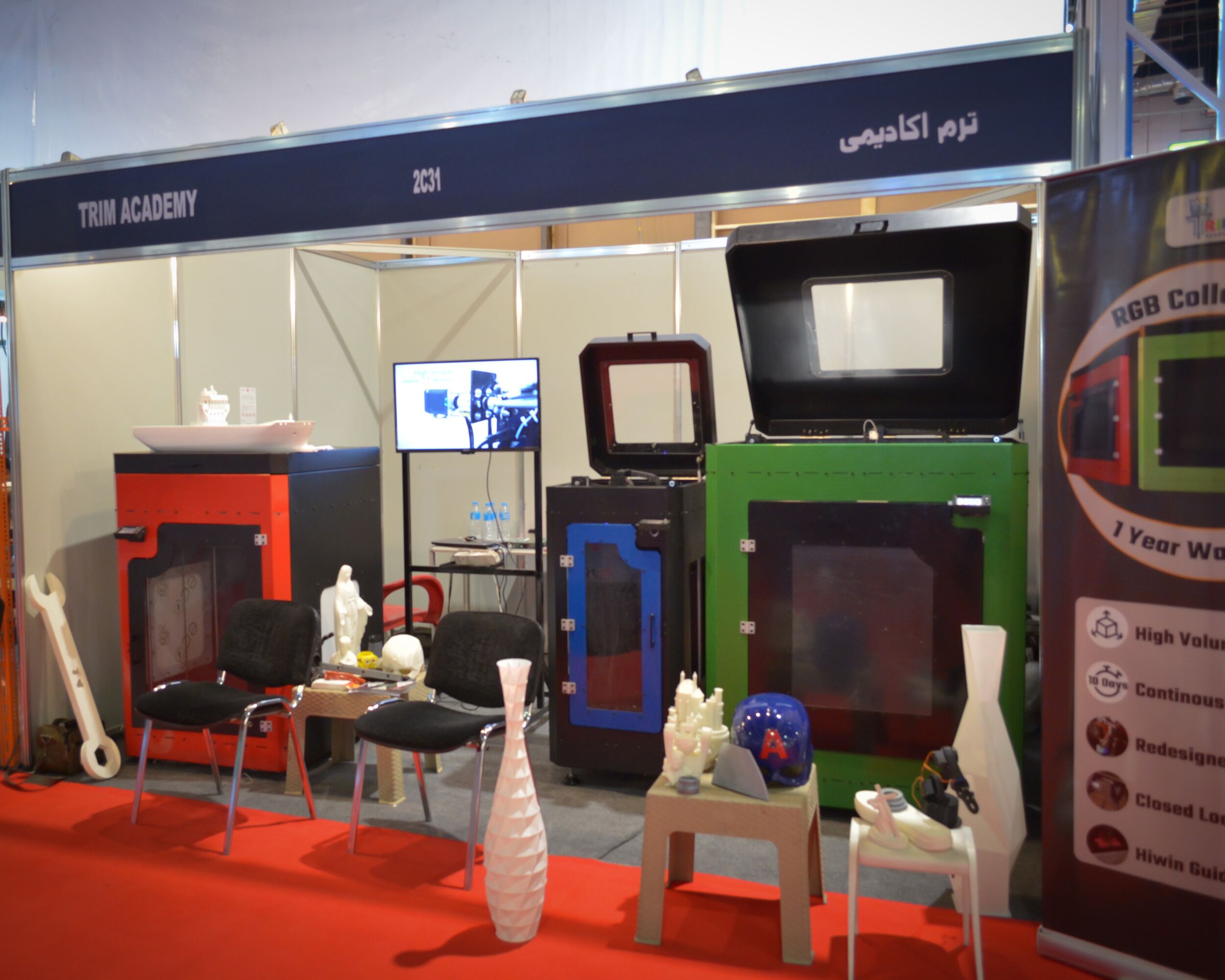
The software should be taken into account next. The software that prepares the pieces for manufacturing and slicing is almost always provided by printer manufacturers, while some 3D printing businesses are open-source and let you use any slicing programmer. The Trim Academy 3D printers come with self-developed software that enables one-click printing and provides practical features like hardware utilization and part tracking.
The budget is the last factor to take into account. The cost of an industrial-grade 3D printer can vary from $10,000 to $150,000. You must take into account the cost of supplies, delivery, and after-sales support in addition to the cost of purchasing the equipment. To obtain a thorough evaluation of the programmer and its features, speak with your product manager.
The three sizes of Trim Academy 3D printers are 600 x 600 x 400 mm, 850 x 850 x 500 mm, and 1600 x 800 x 600 mm. As an open-source system, it may be used for any material application and is furnished with self-developed software that is extremely stable, dependable, long-lasting, and affordable with a variety of industrial sector applications.
You may now get the best additive manufacturing experience with Trim Academy’s online 3D printing services. To meet your production demands, we provide a wide range of 3D technologies, including SLA, SLS, and DLP, as well as a selection of complete materials. Some of these materials are incredibly strong and resilient, while others have exceptional heat or chemical resistance.
For your manufacturing, using an online 3D printing service might be quite helpful. You only need to give your design files to us. Your production process may be cheaper, quicker, and more effective with our help. The benefit of Trim Academy 3D is that it can manage certain challenging jobs. You can reach out to us for further information.

